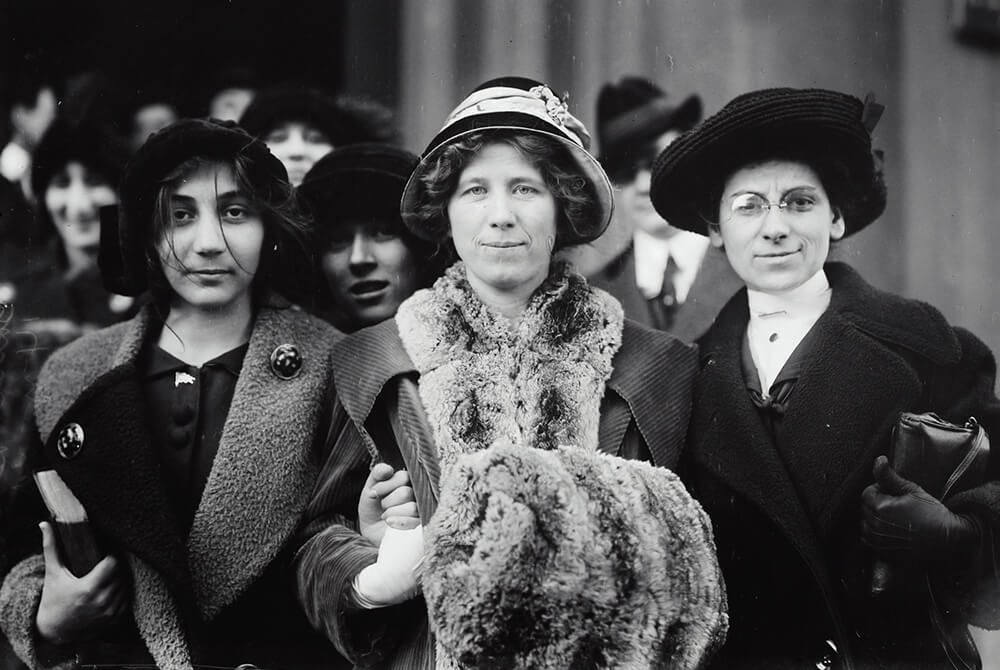
What Is an Annual Giving Letter?
An annual giving letter is a communication sent out via mail or email to encourage donations from members and friends of a congregation. These funds typically cover operational costs, and most nonprofits choose to send their letters around the same time each year.
As most church leaders know, annual giving letters are the crux of securing donations and maintaining a budget. These simple letters have the power to make or break church revenue for the year. A great annual giving letter will drive donors to take action, while a weak one will go ignored.
For many organizations, the end of the year is crunch-time. The holiday season is a time of giving, and charitable giving is top of mind for those who want to support a cause and give back to their community. According to Donorbox, “Approximately 31% of all annual giving occurs in December and approximately 12% of all annual giving occurs in the last three days of December. 28% of nonprofits raise between 26% and 50% of their annual funds from their year-end ask.”
Needless to say, church fundraising letters can weigh on leaders who are already feeling pressured to hit their budgeting goals. You are probably aware of the value of a well-crafted annual giving letter. But what are the key components? How can you upgrade your letter to increase donor engagement and revenue?
Build a Connection
“Donors don’t give to institutions. They invest in ideas and people in whom they believe.” – G.T Smith.
All donors want the same thing – a meaningful connection with an organization. On top of this, they want to know for certain that their donation will have an impact. This especially goes for millennials, who are often said to be most concerned with impact. In the digital age, and especially in the midst of COVID, organizations are struggling to make this deep connection with donors. However, it is more critical than ever to try. First and foremost, your annual giving letter should establish a connection between you and your donors. More importantly, it should explain the connection between your donor’s choice to give and the fruition of the church’s mission.
Tell a Story
A fascinating Wharton University study revealed how storytelling affects a donor’s willingness to give. Two annual giving letters were distributed: One contained factual details about how the money would be used to improve living conditions in an impoverished country. The second featured a story about a young girl living in that country, showing how donations would change her individual life. The difference was clear: Donors were much more excited to give after reading the second letter. Storytelling unveils the undeniable human connection between your donors and your church. In truth, giving to your congregation is giving to yourself and your family. Allowing donors to see how they play a role in the story of your church is vital to keeping them engaged and committed.
Get Clear
One of the biggest reasons storytelling works for organizations is the specificity it provides. When your donors read something concrete and detailed, they can make sense of it faster. When there is a clear story and a clear ask, donors can make a decision with no hesitation. So assess your annual giving letter for clarity. Are you describing exactly how funds have been used successfully over the past year? (While it is not an impact report, your letter should briefly mention what the church has been up to.) Are you asking for exactly what you need and painting a clear vision for the future? When donors see this, it inspires trust and allows them to get on board with your mission right away. This is how renowned organizations like charity: water get so many donors on board each year.
Whether you are writing your first annual giving letter or revitalizing it for the dozenth time, keeping things simple, honest, and personalized is key. In today’s fast-paced world, your congregants are likely as busy and stressed as anyone else. Thus keeping your letter brief will lift a burden from their to-do list. By communicating from the heart, your letter gives donors permission to give from their hearts.


